Table of Contents
History and Prehistory often considered as same word are actually different.”Prehistory” refers to the time before the advent of written records or documented history whereas “History” begins with the advent of writing systems.Today we will learn about the prehistoric times.
Prehistory encompasses the vast expanse of human existence,and cultural development for which there is no direct written evidence. Prehistory spans a significant duration, from the emergence of the earliest human ancestors to the invention of writing systems, which typically occurred around 5,000 to 6,000 years ago. The study of prehistory relies on archaeological evidence, artifacts, and scientific methods to reconstruct and understand the lifestyles, technologies, and cultures of ancient human societies.The vast canvas of prehistoric time unfolds like a mysterious tapestry, revealing the ancient days when humanity took its first steps on the Earth. This journey through time offers a captivating glimpse into the evolution of our ancestors and the dramatic changes that shaped the world long before recorded history.
I. Paleolithic Era (2.5 million years ago – 10,000 BCE):
A. Dawn of Humanity:
The Paleolithic Era, often referred to as the Old Stone Age, spans an immense time frame, witnessing the emergence of Homo sapiens. During this period, primitive humans developed stone tools for hunting, survival, and communication.
B. Nomadic Hunter-Gatherers:
In the early stages, our ancestors led nomadic lifestyles, relying on hunting and gathering for sustenance. The mastery of fire added a transformative element, providing warmth, protection, and a tool for cooking.
C. Cave Art and Symbolism:
A profound aspect of Paleolithic culture is the creation of cave art. Sites like Bhimbetka Rock Shelters, a UNESCO World Heritage Site,stands witness to India’s ancient canvas. These shelters unveil vivid rock paintings depicting the life, rituals and fauna of early humans.
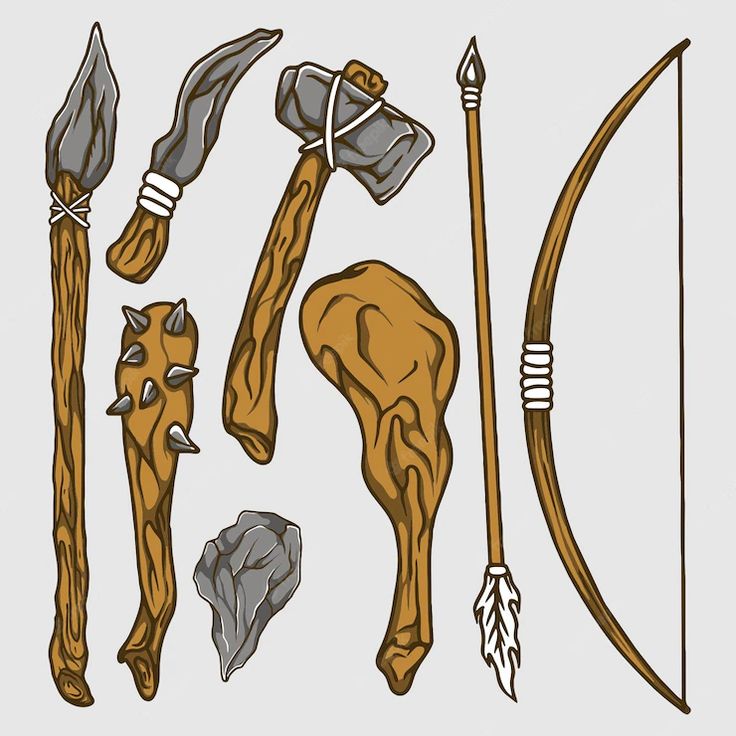
II. Mesolithic Era (10,000 BCE – 8,000 BCE):
A. Transition to Settled Life:
As climatic conditions shifted, the Mesolithic Era witnessed a transition from nomadic to settled lifestyles. Communities began to establish semi-permanent camps, exploring the potential of agriculture and animal domestication.
B. Microliths and Technological Advances:
Technological advancements, notably the production of microliths (small stone tools), marked the Mesolithic period. These tools served various purposes, including hunting and woodworking.Few archaeological sites like Bagor in Rajasthan and Sarai Nahar in Uttar Pradesh provide glimpses into the pottery,early plant cultivation and much more.
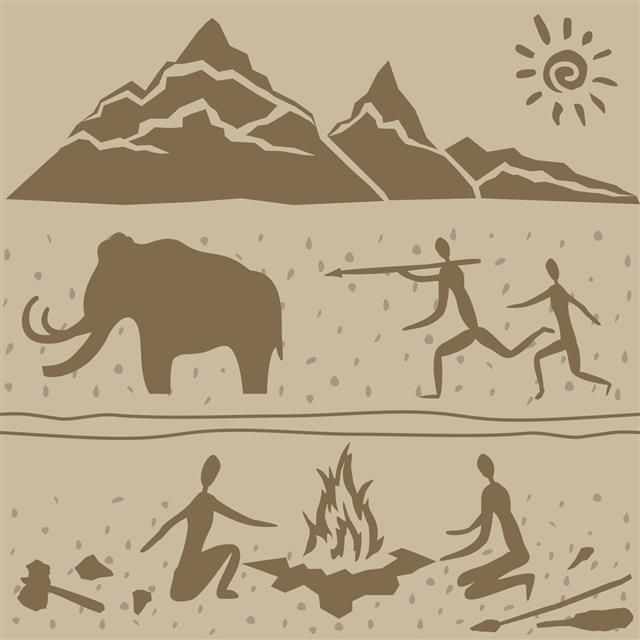
III. Neolithic Revolution (10,000 BCE – 4,000 BCE):
A. Agricultural Revolution:
The Neolithic Revolution stands as a turning point, marking the shift from hunting-gathering to agriculture. Early humans began cultivating crops and domesticating animals, leading to settled communities. Mehargarh in Balochistan and Brahmagiri in southern India are few neolithic sites which showcases early agriculture like cultivation of wheat and rice,domestication of animals and emergence of settled communities.
B. Rise of Civilization:
The establishment of agriculture laid the groundwork for complex societies.
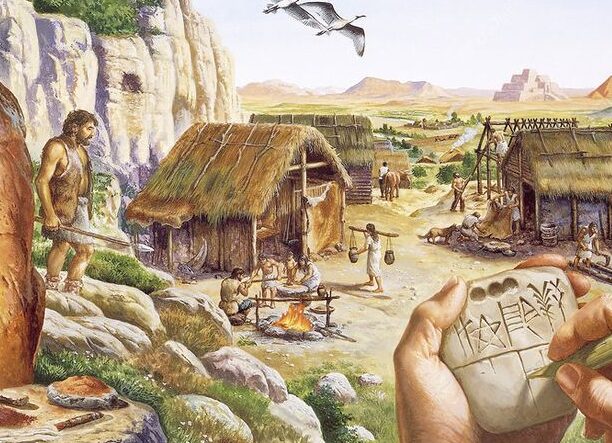
IV. Chalcolithic Era (Copper Age – 3300 BCE – 1700 BCE):
A. Emergence of Metalworking:
The Chalcolithic Era witnessed a significant leap with the utilization of copper tools alongside stone implements. Metalworking techniques evolved, impacting daily life, craftsmanship, and trade.
B. Urban Centers:
Settlements became more organized, evolving into early urban centers. Daimabad in Maharashtra, India, exemplifies this era with evidence of advanced urban planning and trade links with the Harappan civilization.
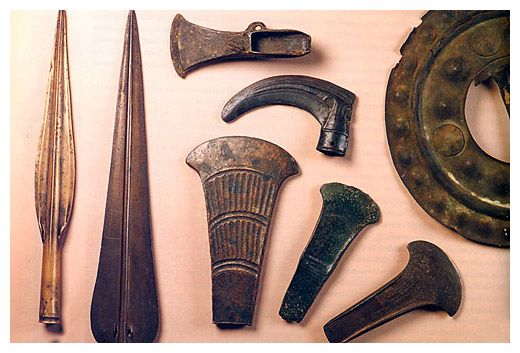
V. Bronze Age (3300 BCE – 1200 BCE):
A. Bronze as a Game-Changer:
The Bronze Age heralded a new era with the widespread use of bronze, an alloy of copper and tin. This period witnessed the crafting of more durable tools and weapons, revolutionizing warfare and craftsmanship.
B. Flourishing Civilizations:
Bronze Age civilizations, including the Indus Valley Civilization, Mesopotamia, and Ancient Egypt, flourished. These advanced societies showcased monumental architecture, intricate art, and complex governance systems.
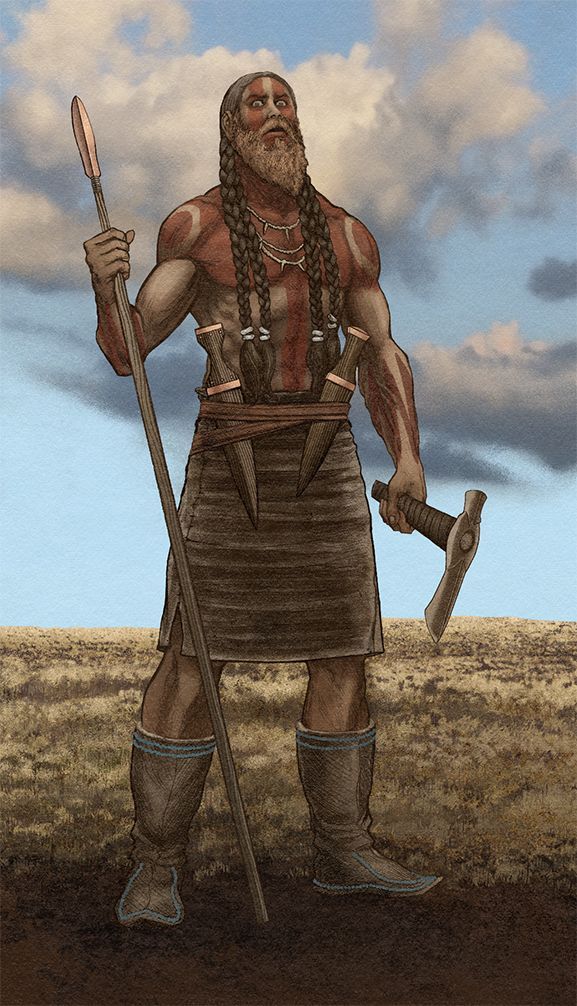
VI. Iron Age (1200 BCE onwards):
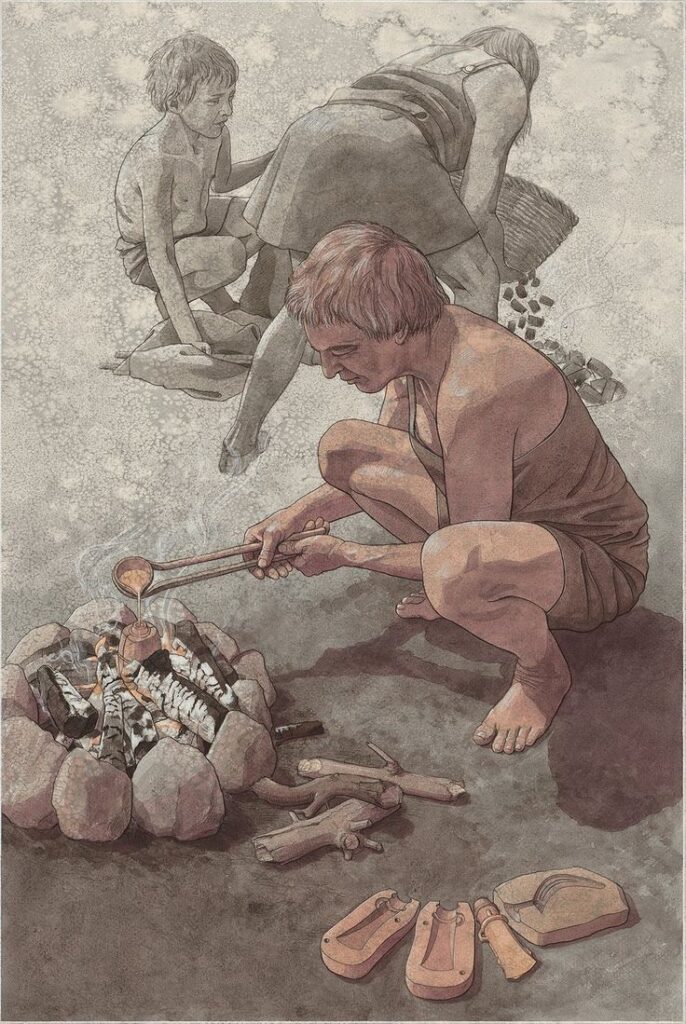
A. Iron as a Dominant Metal:
The Iron Age marked a shift towards iron as the primary metal for tools and weapons. Iron’s abundance and durability fueled technological advancements, contributing to significant cultural and societal transformations. Hallur in Karnataka provides insights into the Iron age in southern India.
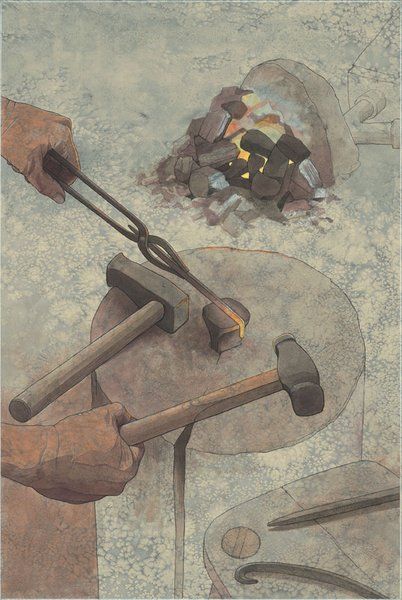
Conclusion
The study of prehistory invites a profound reflection in the human journey, our origins,adaptability and the enduring quest for understanding our place in the world.
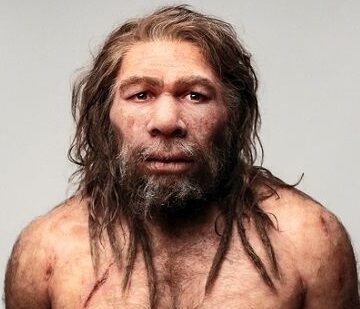
2 thoughts on ““Understanding the World before History : Journey back in Time””